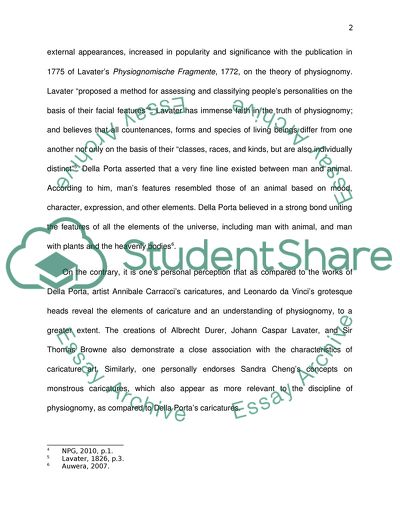Cite this document
(The Relationship Between Physiognomy and Caricature: the Contribution Essay, n.d.)
The Relationship Between Physiognomy and Caricature: the Contribution Essay. Retrieved from https://studentshare.org/culture/1791339-discuss-the-role-played-by-the-discipline-of-physiognomy-in-the-development-of-caricature
The Relationship Between Physiognomy and Caricature: the Contribution Essay. Retrieved from https://studentshare.org/culture/1791339-discuss-the-role-played-by-the-discipline-of-physiognomy-in-the-development-of-caricature
(The Relationship Between Physiognomy and Caricature: The Contribution Essay)
The Relationship Between Physiognomy and Caricature: The Contribution Essay. https://studentshare.org/culture/1791339-discuss-the-role-played-by-the-discipline-of-physiognomy-in-the-development-of-caricature.
The Relationship Between Physiognomy and Caricature: The Contribution Essay. https://studentshare.org/culture/1791339-discuss-the-role-played-by-the-discipline-of-physiognomy-in-the-development-of-caricature.
“The Relationship Between Physiognomy and Caricature: The Contribution Essay”, n.d. https://studentshare.org/culture/1791339-discuss-the-role-played-by-the-discipline-of-physiognomy-in-the-development-of-caricature.


